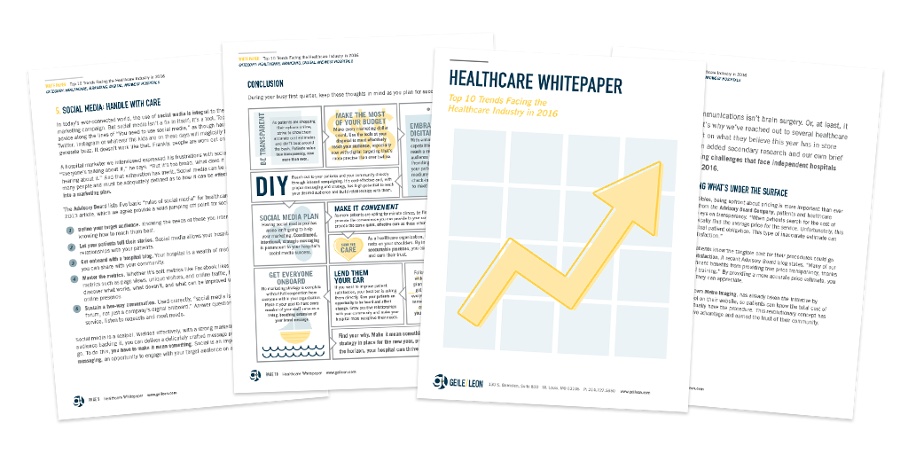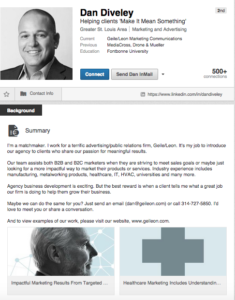The home improvement market has been on fire for more than a year, and it doesn’t appear to be cooling down.
Retailers reported big jumps in sales for the first quarter of this year. Home Depot® saw a 31% jump in sales over the previous year and Lowe’s® was not far behind with a 24.4% increase compared to Q1 2020. Consumer spending is 20% higher today that it was in 2019 according to Bank of America’s CEO, and the future looks bright. For example, Snap-On Tool CEO predicted that the economic boom will continue and with an ongoing positive impact on home improvement-related companies associated with DIY products.
So it seems like there’s more good times ahead, but how can marketers ensure that our companies and clients are included?
Surveys by leading research firms such as Kantar have shown that consumers have the highest level of trust in information about a brand when it comes from their friends and family, review sites, and news and information websites. Consumers place trust in these and other third-party, credible sources.
Based on this information and our experience in supporting tool brands and the advanced DIY market, here are a few recommendations we tell our clients.
Influencer Marketing
We are not an ‘Influencer’ agency, but we often work with influencers as part of our service to our clients. While an influencer may not have the same impact on a consumer’s decision as family member or friend, the influencer is a third-party who may be approachable and willing to work with you.
There are a lot complicated ways to get involved in Influencer marketing, but if you aren’t working with a network of influencers now, try testing it. The approach we found effective is working with clients to identify the ‘up and comers’ in their industries. You don’t need a celebrity or one with a huge following. Find those that are passionate about his/her trade and who are already posting on social media sites. Then reach out to them. If it makes sense to start a relationship, decide what content your audience is wanting, and then match it to the influencer. Send the influencer a few products and ask them to create videos or take photos using the product. We don’t ask them to endorse our products, we just request honest reviews. According to a recent Marketing Charts article, consumers trust reviews more than influencer endorsements and value them highly in their buying process.
Review Sites
There are many great online articles about review sites. Some of the better known review sites include Amazon Customer Reviews, Qura and Trustpilot. A widely used site for product reviews is YouTube, especially for tools and equipment. YouTube’s search capabilities makes it easy for consumers to find product reviews when making a purchasing decision. We post product review videos in our clients’ channels and ask the influencers to post them on their sites. The review videos typically receive more views than product promotional videos, and they generate user response and conversations. So make it easy for your customers and upload those product reviews from your influencers and create a playlist for any other review videos found on YouTube.
And speaking of YouTube – it’s a not a one-way street. Tradesman and consumers aren’t watching your videos to be entertained, they want knowledge so monitor the chatter. As we manage our clients’ sites, we respond quickly to questions and comments that our videos receive. (This is also a “win” for all parties when done properly. We have had several viewers who have written back thanking us for our answers and report that they have bought the products.)
Public Relations
According to the Kantar survey, news and information websites are the 3rd most trusted source of information for consumers after product reviews. Trade publications are a natural fit for your efforts, but you should also consider ways to attract consumer media. There are many simple activities that can generate press mentions and also benefit others. Perhaps donate products to a community organization or trade school, or schedule training sessions with trade schools. These types of stories might be of interest to the local consumer media and could help expand your PR outreach.
Social Media
You use social media, but with a good influencer program in place, a well-organized PR program and development of video, you have everything you need to feed the social media machine.
Channel Marketing
Wholesalers, distributors, and retailers all need support and like most companies, are always searching for information to pass along to their customer. Have a discussion with your channel partners to determine the content your brand could provide. The retail and wholesale space for tools is crowded and competitive, so helping channel partners with content that serves their customers is a win-win proposition.
With the economy moving in an upward direction, you have an opportunity to connect with huge numbers of contractors and DIYers who are doing improvement projects and are in need of your products and services. If you are looking for ways to make that connection, let’s talk. We have experience in developing marketing communications to support your sales efforts.





